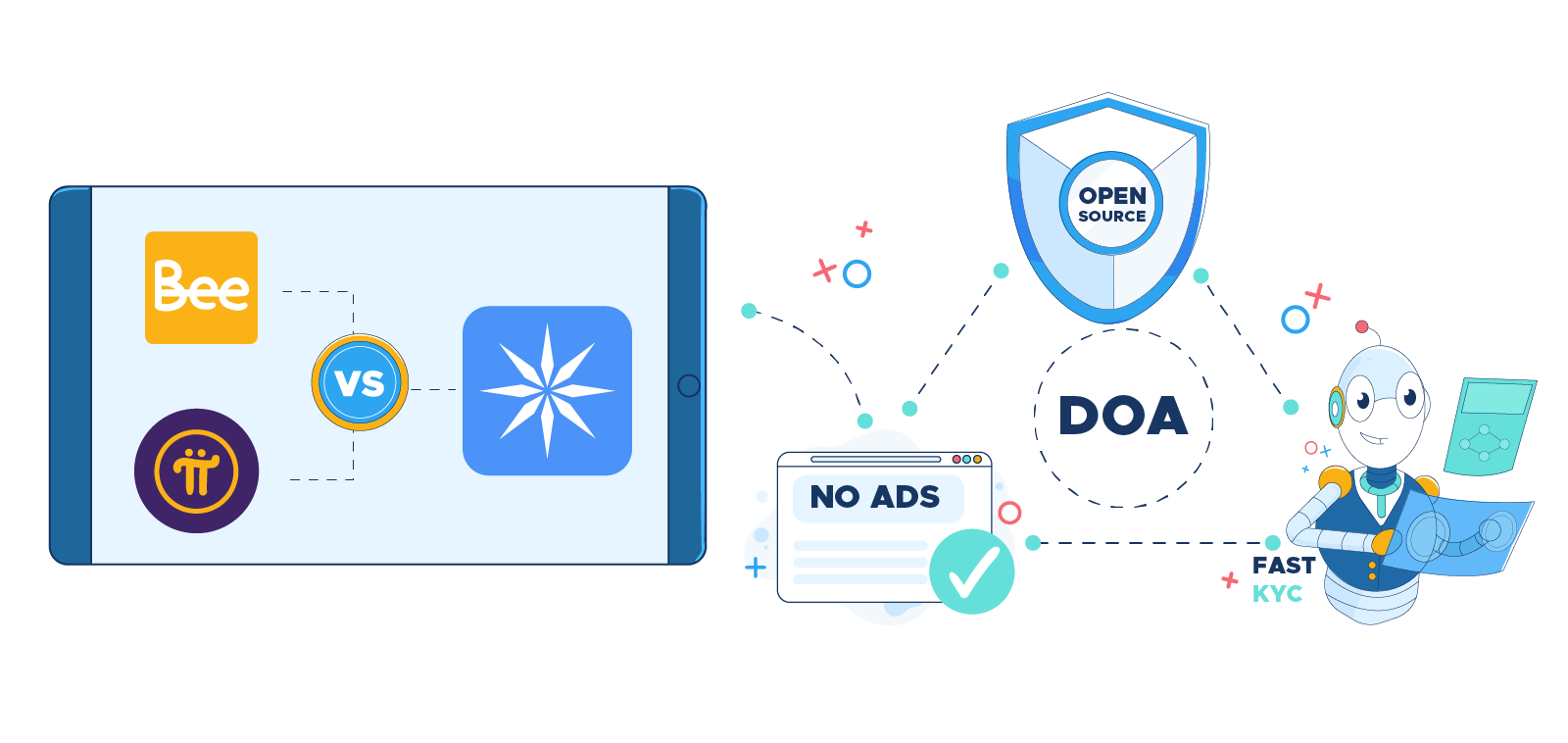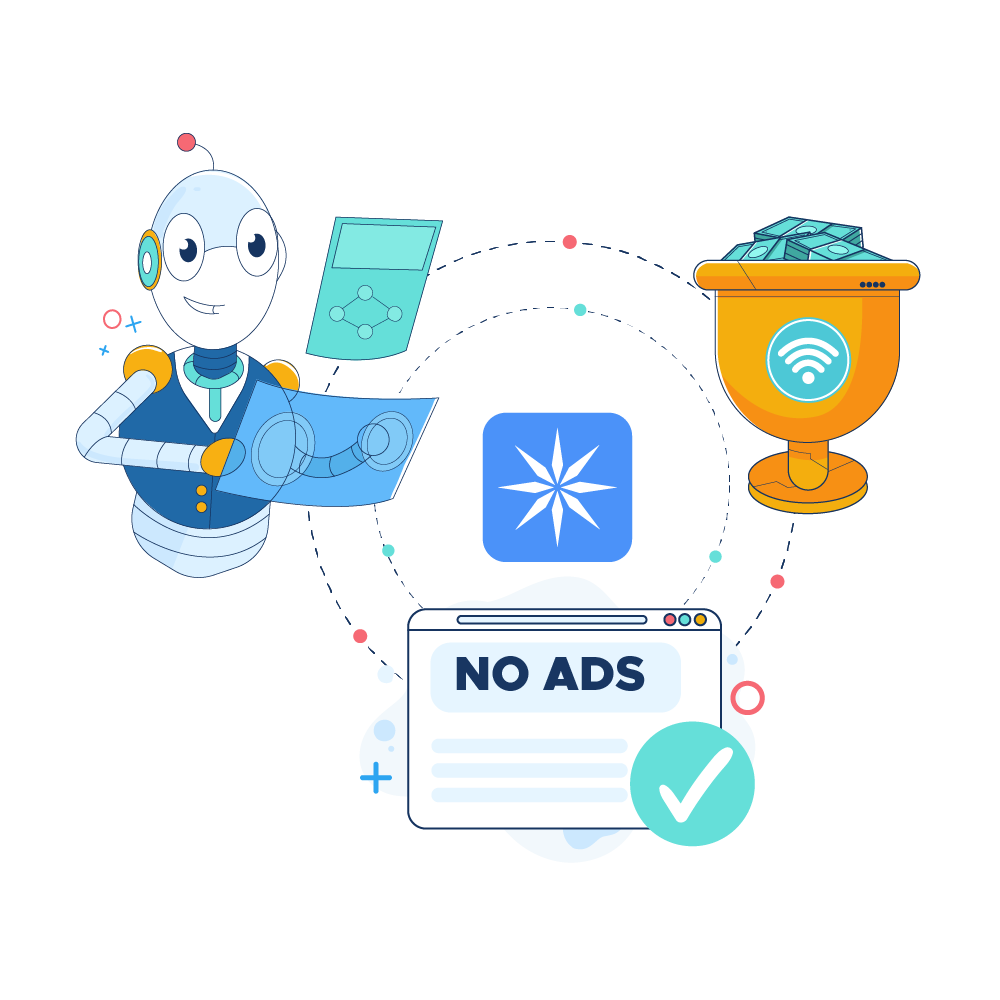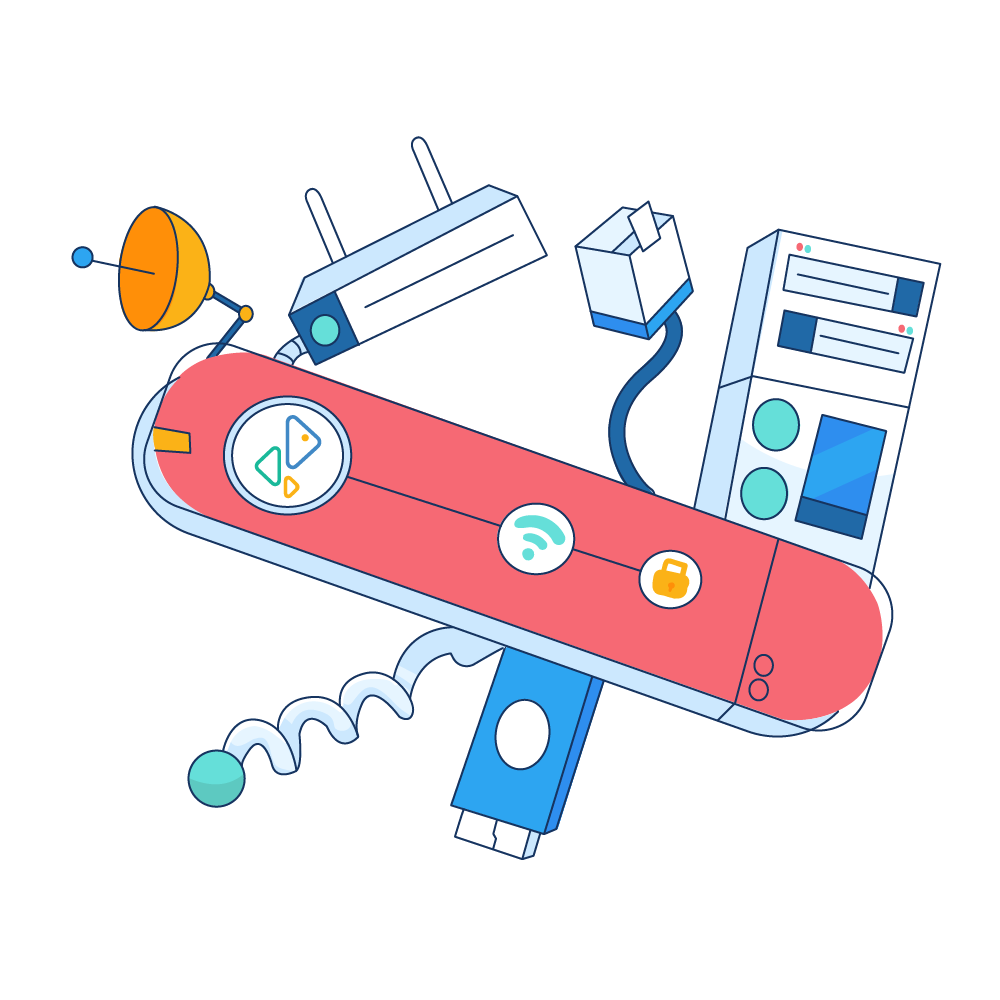ROTATING RESIDENTIAL PROXIES
Special Rotating Proxies
Rotating residential proxies with worldwide geo targeting optimized for high success rates.
Basic Rotating Proxies
Rotating residential proxies with random geo location.
Fast Rotating Proxies
Rotating residential proxies with worldwide geo targeting optimized for scraping and data gathering.
On Demand Proxies
Residential proxies with on demand rotation, geo targeting using user and password authentification.
Why ice Network's Open-Source Model is Better Than Pi Network's Closed Codebase

We’ve all heard about the opportunities to mine digital currencies with our mobile devices. But have you ever considered why open-source models, like those used by the ice Network, are better than closed codebases like that of the Pi Network? Let’s take a look at how open-source models provide more transparency and trust to users.
What Exactly is Open Source?
Invented in 1998, open source is a software development model that gives anyone access to view and modify the source code of an application. Open source projects are typically collaborative in nature, meaning anyone can contribute to their improvement. Anyone who has developed a WordPress website, for example, knows that open-source frameworks like the popular CMS enable developers to modify the source code and create their own customizations. It's no surprise that WordPress powers nearly half of all websites on the internet today.
When it comes to digital currencies, the same concept applies. Open-source models allow developers to collaborate and build on top of existing infrastructure, while closed codebases like the Pi Network limit users from being able to view, modify or contribute to their development. Open source is such a powerful tool for digital currency projects because it allows users to have a voice in the project's development and can provide more transparency and trust. Linus Torvalds, the prominent engineer who created Linux, sums up this concept nicely:
“I often compare open source to science. To where science took this whole notion of developing ideas in the open and improving on other peoples' ideas and making it into what science is today and the incredible advances that we have had. And I compare that to witchcraft and alchemy, where openness was something you didn't do.”
In other words, unlike alchemy and witchcraft, which nobody can understand, open source happens in the open, with anyone able to view, criticize and improve upon the source code. This is why open-source models of digital currency are increasingly popular. Put simply; if the Pi Network is alchemy and witchcraft because of its closed codebase, then the ice Network is a science because its open-source model ensures that nothing happens behind closed doors.
The Benefits of Open Source
Cryptocurrency projects have revolutionized the way we transact and store value. They rely on blockchain technology, a distributed ledger system that allows for decentralized and transparent transactions. Many of these projects, such as Bitcoin, Ethereum, and most recently, the ice Network, rely on open-source codes, while others, such as the Pi Network, use closed codebases. Here are some of the benefits of open-source codes:
Transparency:
Open-source codes allow anyone to review, modify, and redistribute the code, ensuring transparency in the project's operations. This makes it easier to identify bugs and security issues, which can then be fixed promptly. Users can also review the source code to see how the project is being run and make sure it's in line with their expectations. In today's digital world, transparency is crucial for fostering trust between users and projects.
Trust:
The concept of trustless technology has been widely discussed in the blockchain space, with the open source being a major factor in achieving this goal. Trustless means that no party is needed to verify transactions, as the code itself provides a secure and verifiable record for all participants. Open-source codes allow users to audit and review the project's operations, ensuring that developers are not taking advantage of the trust placed in them.
Collaboration:
Open-source codes encourage collaboration among developers. Anyone can contribute to the project, which means that there is a larger pool of talent working on the code. This can lead to faster innovation and better code quality. In addition, open-source projects can receive valuable feedback from users to help improve the project further.
Security:
With more people reviewing the code, the likelihood of discovering security vulnerabilities is much higher. This means that open-source codes are often more secure than closed codebases, as there are fewer opportunities for malicious actors to exploit vulnerabilities. It also ensures that developers are held accountable for their code, as any discrepancies can be quickly spotted and fixed.
The Pitfalls of Closed Codebases
On the other hand, closed codebases are codes that are not publicly accessible, editable, or distributable. Closed codebases provide companies with greater control over their intellectual property, but they also come with several drawbacks. Here are some of the pitfalls of closed codebases:
Lack of transparency:
Closed codebases provide little to no transparency into the project's operations. This means that it is difficult to identify bugs and security issues, which can leave the project vulnerable to malicious attacks. This is an especially big problem with cryptocurrencies, as a hack can lead to users losing their funds.
Limited collaboration:
Closed codebases limit collaboration to a small group of developers. This can lead to slower innovation and lower code quality, as there is less diversity of thought and expertise working on the code. Members of the community that are not part of the development team cannot contribute to the code, meaning that their ideas and suggestions will go unheard.
Reduced security:
With fewer people reviewing the code, the likelihood of discovering security vulnerabilities is much lower. This means that closed codebases are often less secure than open-source codes. In addition, since the code is hidden from public view, malicious actors have an easier time exploiting its vulnerabilities. Think of it like a fortress with no guards.
Why Open-Source and Decentralization Go Hand in Hand
Open-source and decentralization are two of the most important concepts within digital currencies. Decentralized networks, like public blockchains, allow users to trustlessly transact with each other without requiring a centralized authority or third party.
The Bitcoin protocol is a prime example of this concept in action. Because anyone can view its source code, users are free to audit the system and verify that transactions are secure. They can also trust that their funds will remain safe as long as they follow best practices with regard to wallet security. When it comes to mobile mining, open-source models have the same benefits—allowing users to trust that transactions are secure and reliable. The ice Network is a great example of an open-source mobile mining platform that provides users with transparency and trust.
"The Decentralization of Finance is really good for humanity," Hendrith Smith, a prominent banker and author of several books on wealth and success, is famously quoted as saying.
"It’s ultimately a win for each and every one of us. Because now that we can circumvent banks, exchanges and brokerage companies by using smart contracts on the blockchain… every person, every family, and every business will experience more liberty, more freedom, more opportunities, more abundance, more power, and more wealth," he added.
Decentralization has long been a primary goal of digital currency enthusiasts, and it can only be achieved with the help of open-source models. By allowing users to view and audit source code, open-source models help build trust in digital currencies and encourage innovation within the space.
Open-source models are key to this mission of decentralization and enabling trustless transactions. By providing transparency and trust, open source has allowed digital currencies to become more accessible, secure, and reliable than ever before. And with the ice Network's mobile mining capabilities, users can easily access a secure environment in which they can mine and transact with digital currency. Open-source models are the future, and with projects like the ice Network paving the way for a more secure, transparent digital economy, the possibilities are truly endless.
In conclusion, open-source models provide an essential foundation for digital currency. They allow users to trust their transactions and foster innovation within the space. Additionally, they are essential for achieving decentralization—as evidenced by the success of projects like Bitcoin and the ice Network. Open source is paving the way for a secure and transparent digital economy, unlocking a wealth of opportunities for users across the globe.
Are you ready to join the ice Network and start mining digital currency with your mobile device?
All you need is an invitation code. Get started today! Sign up using our referral code “shifter”, and begin your journey towards a secure, transparent digital future. Unlock the power of open-source models and join ice in paving the way for a better digital economy.
See you on the ice Network. Happy mining!
This category's latest stories

Introducing Ice Payments on Shifter
Discover seamless crypto transactions with Ice payments on Shifter. Streamline your proxy service purchases and unlock new opportunities with Ice integration.

Looking for an Alternative to Pi Network? Why ice Network is the Perfect Solution
Find more about the tremendous advantages of the ice Network and mining ice coins, as many are starting to take notice, ultimately choosing to leave Pi Network to have access to better, more rewarding opportunities.

What Makes Shifter a Great Provider of Proxy Solutions?
Check out and read what makes Shifter a great provider of proxy solutions? Is it its set of high-performance residential proxies and...? Find out more!
Featured Articles

News
02.12.2024
Introducing Ice Payments on Shifter
Discover seamless crypto transactions with Ice payments on Shifter. Streamline your proxy service purchases and unlock new opportunities with Ice integration.

Residential Proxies
04.04.2023
8 Myths About Proxies. What You Should Know?
Are you aware of all the myths and stories surrounding proxies? Check our article and test your knowledge of proxies’ true limits in the online environment.

News
03.21.2023
Looking for an Alternative to Pi Network? Why ice Network is the Perfect Solution
Find more about the tremendous advantages of the ice Network and mining ice coins, as many are starting to take notice, ultimately choosing to leave Pi Network to have access to better, more rewarding opportunities.
Shifter's legacy
Shifter was founded in 2012, as one of the first residential proxy providers, since then it has become one of the leading proxy networks in the world and it's used by more than 25.000 clients including Fortune 500 Companies. Users can connect from anywhere to access local data without any restriction, while preserving a high degree of privacy and security.